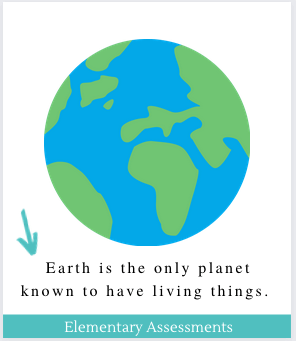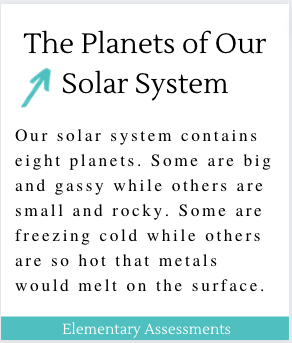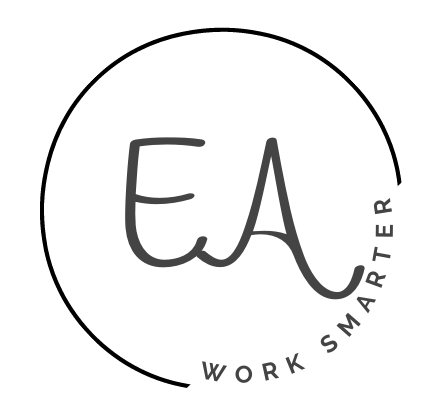To master reading comprehension of nonfiction books, students must be able to identify and analyze nonfiction text features.
Nonfiction text is all around us.
Newspapers, magazine articles, textbooks, posters, billboards, advertisements, recipe books, and encyclopedias are just a sample of the various types of nonfiction print students are exposed to on a regular basis.
Many times in schools, nonfiction texts receive less attention than other books.
That’s why it’s important to include more nonfiction books during instruction.
It’s essential to teach students how to understand the many different text features of nonfiction books so that they comprehend those books fully.
Within this post, you’ll find a list of nonfiction text features that students should know if they are to become great readers.
Examples accompany each of the nonfiction text features.
The nonfiction text features include bold text, bullet points, captions, diagrams, labels, glossary, graph, headings, illustrations, index, italics, map, photograph, table, table of contents, title, and title page.
Related: fiction text features
Nonfiction Text Features
1. Bold Text
Bold text brings attention to important terms found in nonfiction books.

2. Bullet Points
Bullet points break text into a list format, making it easier to read.

3. Caption
A caption is a short statement or phrase that provides information about an image. It is usually located underneath the image.

4. Diagram With Labels
A labeled illustration that serves to explain a concept visually

5. Glossary
A glossary is a mini dictionary that defines key words from the text selection.

6. Graph
A graph is a visual aid (e.g. a chart) that clarifies or compares facts and/or concepts.

7. Headings
Headings are titles that divide the text into meaningful sections. Headings give clues to the main idea of the section that follows.

8. Illustrations
An illustration is a visual representation of a word, usually drawn.

9. Index
An index lists in alphabetical order the page numbers of key topics found within the nonfiction book.

10. Italics
Italics emphasize the importance of a word. Readers should emphasize italicized words as they read.

11. Map
A map is a visual representation of a geographic feature that helps readers understand where places are in the world.
Maps usually include a distance scale and/or key.

12. Photographs
A photograph is a camera-shot image that shows what something looks like.

13. Table
A table is a type of graphic organizer that outlines facts and figures in a way that’s easily understood by the reader.
| Name | Order from Sun | # of Moons | Days in Rotation |
| Mercury | 1 | 0 | 59 Earth days |
| Venus | 2 | 0 | 243 Earth days |
| Earth | 3 | 1 | 24 hours |
| Mars | 4 | 2 | ~24.5 hours |
| Jupiter | 5 | 16 | ~10 hours |
| Saturn | 6 | 21 | 10 hours, 40 min. |
| Uranus | 7 | 18 | 17 hours, 14 min. |
| Neptune | 8 | 8 | ~16 hours |
14. Table of Contents
The table of contents, located towards the beginning of a nonfiction book, outlines each section included in the text.
It provides section titles along with the page number on which each section begins.

15. Title
The title provides insight into the main idea of the entire nonfiction book.
It is located at the beginning of the text, on the title or cover page.

16. Title Page
A title page shows a nonfiction book’s title, author, illustrator, and publisher. It may include an image that represents the main idea of the book.

Final Thoughts
It’s simply not enough for students to be able to read a nonfiction book for pleasure.
They need to be able to use text features for nonfiction in order to find and understand information. This is reading with a purpose.
Teaching students how to use nonfiction text features will help them comprehend better, research topics more fully, and enjoy reading a wider variety of books.
So be sure to provide plenty of opportunities for them to put these skills into practice. Try out this nonfiction text features activity with students.
